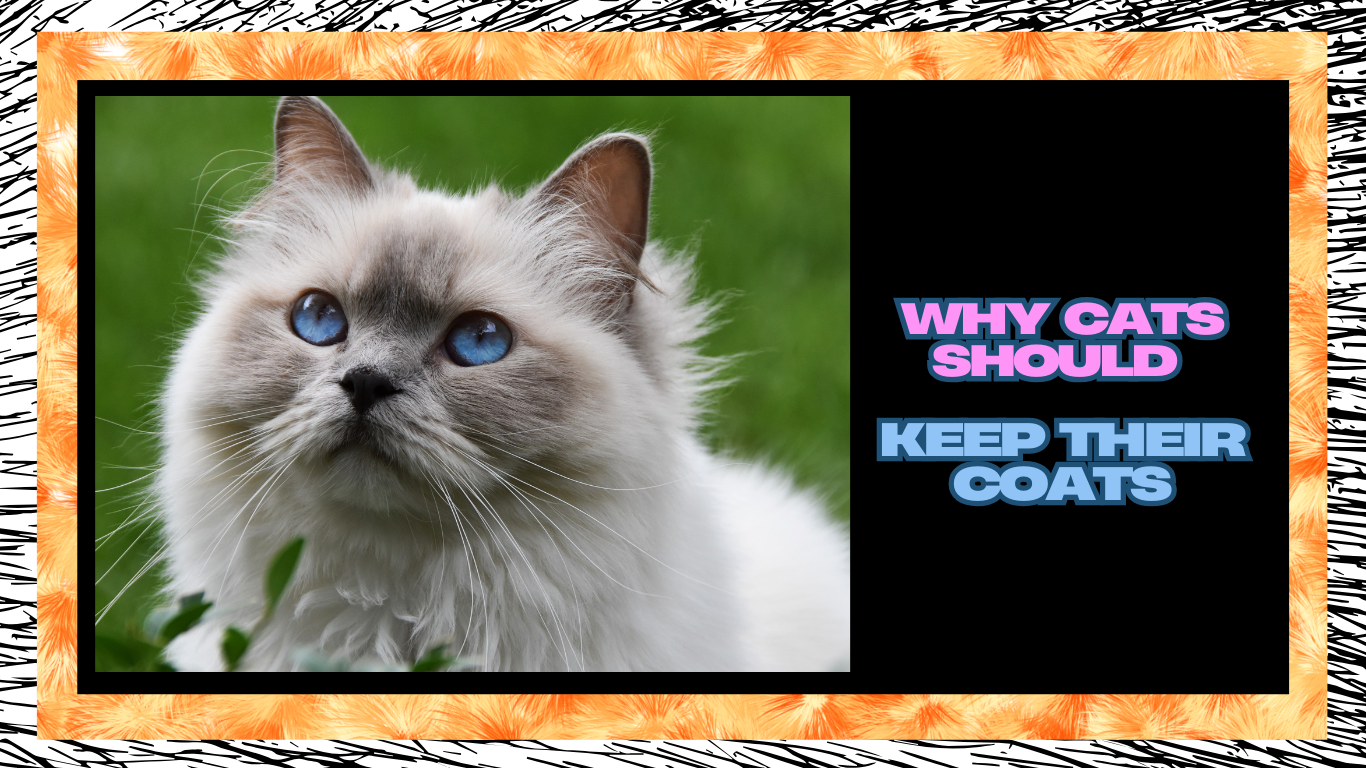Cats’ fur is more than a stylish accessory. It serves several critical purposes that contribute to their overall health and well-being. While trimming or shaving a cat’s coat might seem harmless, it can lead to unexpected complications. This article explores the many reasons why a cat’s hair should remain uncut, along with some fun facts and unique characteristics of feline fur.
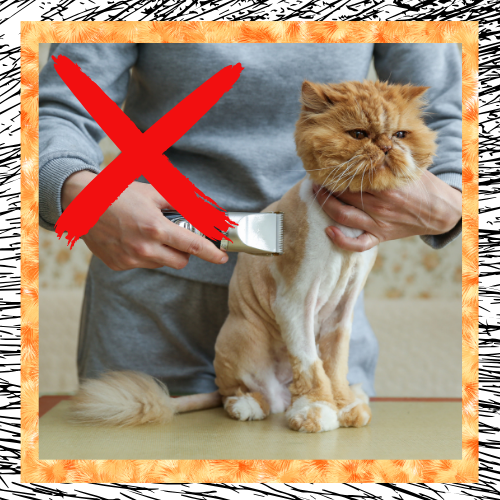
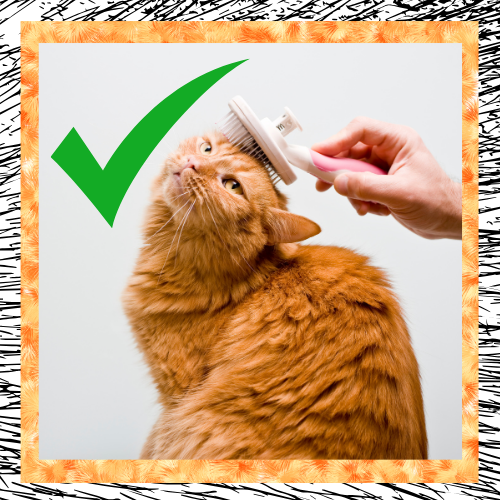
Natural Insulation and Temperature Regulation
A cat’s coat acts as a built-in climate control system. Their fur provides insulation in cold weather, helping them retain body heat. In hot conditions, it also plays a role in cooling. Contrary to what some might assume, shaving a cat does not help them stay cool. Instead, it can expose their skin to the sun, increasing the risk of sunburn or heat-related issues.
Cats have multiple layers of fur:
• Guard hairs: The outermost layer, which repels water and dirt.
• Awn hairs: These make up most of the coat, providing additional protection.
• Down hairs: The soft, fluffy undercoat that insulates against cold temperatures.
By cutting their fur, this natural layering is disrupted, potentially leaving them vulnerable to extreme temperatures.
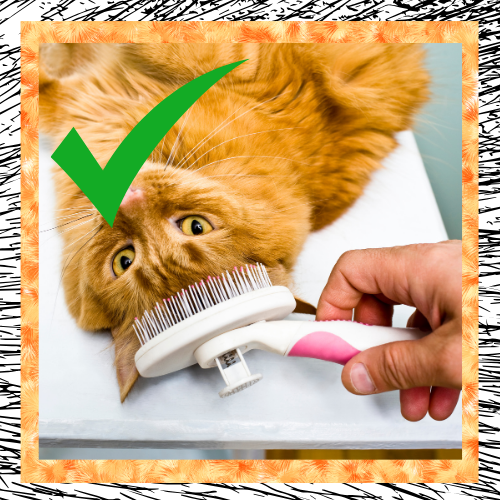
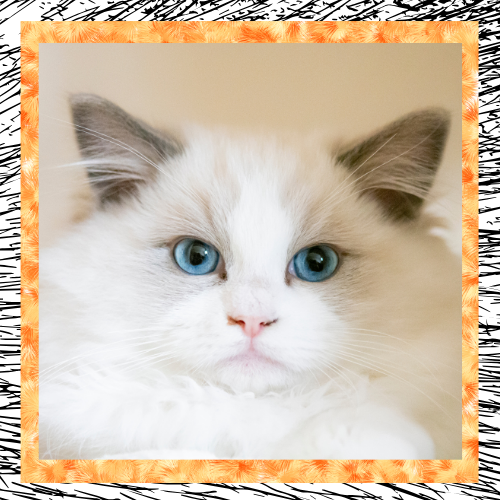
Skin Protection
A cat’s fur acts as a barrier against environmental elements such as UV rays, moisture, and debris. It also helps shield the skin from scratches, insect bites, and other irritants. Without their coat, cats may experience discomfort or even develop skin conditions due to increased exposure.
Communication Through Fur
Cats use their fur to communicate. When they are frightened or agitated, their hair may puff up to make them appear larger. This response is part of their survival instincts, helping them ward off threats. Removing or altering their coat can hinder this natural defense mechanism.
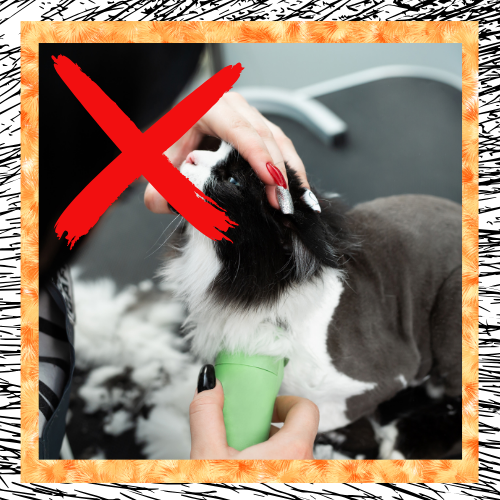
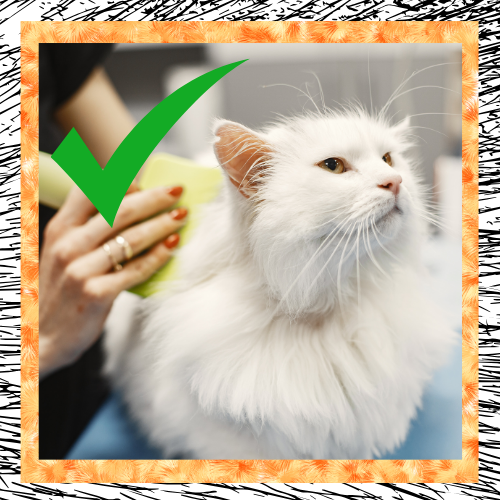
Shedding is Normal, Shaving is Not
Shedding is a natural process that helps cats regulate their coat thickness. Instead of shaving, regular brushing can manage shedding and prevent mats from forming. This practice not only keeps their coat in good condition but also strengthens the bond between cats and their caregivers.
Fun Facts About Cat Hair
1. Unique Patterns: Every cat’s coat pattern is as distinct as a fingerprint, making each one truly one-of-a-kind.
2. Waterproof Fur: Many cats have semi-waterproof coats, helping them stay dry in damp environments.
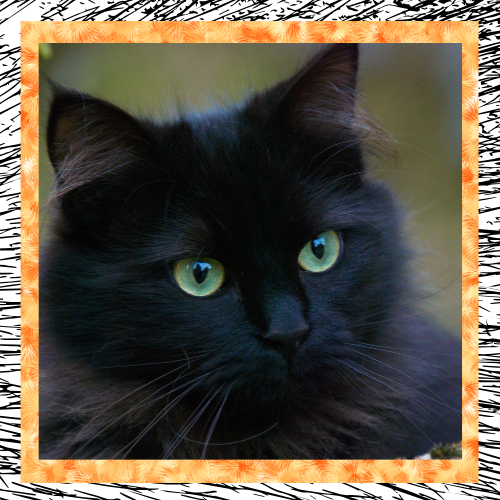
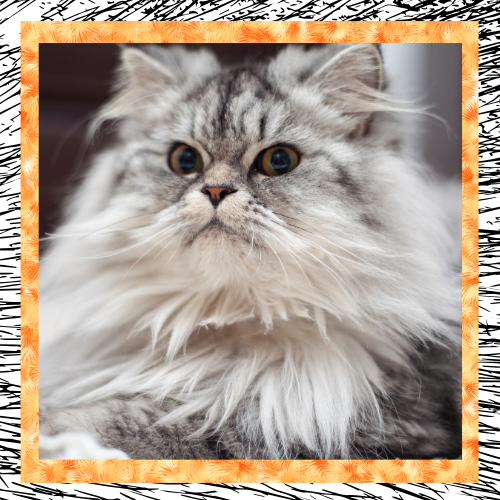
3. Color Changes: Siamese cats and some other breeds can experience changes in coat color based on temperature. Cooler areas of their body, such as ears and paws, tend to develop darker fur.
4. Sensitive Whiskers: While not part of their coat, whiskers are essential for spatial awareness. Trimming them can cause disorientation and stress.
5. Hypoallergenic Myth: No cat is truly hypoallergenic. Allergies are triggered by proteins in a cat’s saliva and skin, not their fur.
Grooming is Key
Instead of cutting their hair, maintaining a regular grooming routine is a better option. Brushing removes loose hair, reduces matting, and distributes natural oils that keep their coat healthy. Long-haired breeds may need extra attention to prevent tangles, but shaving should only be done in rare medical circumstances, as recommended by a veterinarian.
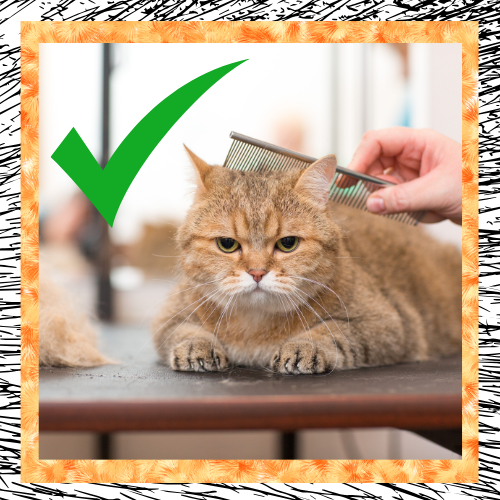
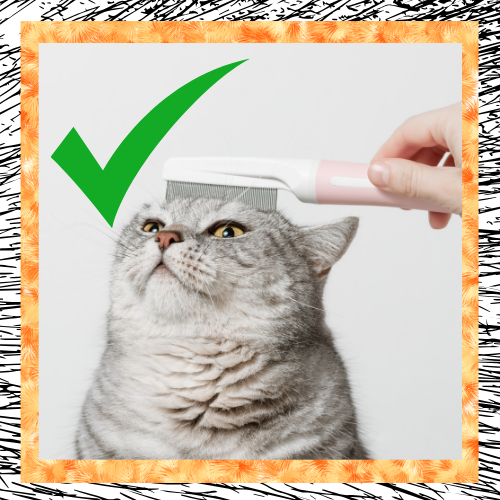
When is Trimming Necessary?
There are some cases where trimming a cat’s fur is beneficial. For instance, cats with severe matting that cannot be safely removed through brushing may require a professional groomer’s assistance. Cats undergoing surgery or medical treatments may also need small areas shaved for hygiene purposes. These situations should always be guided by veterinary advice.
Final Thoughts
A cat’s coat is an integral part of their anatomy, playing a vital role in their health, comfort, and communication. Respecting this natural feature helps ensure they remain happy and healthy. For cat owners, understanding the importance of their pet’s fur can lead to better care and a deeper appreciation for these fascinating animals.
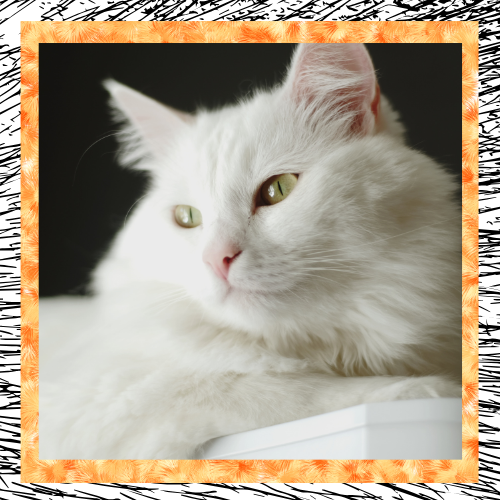
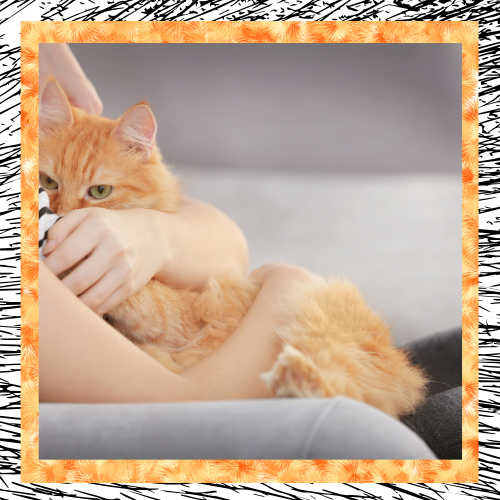
References
1. American Society for the Prevention of Cruelty to Animals (ASPCA): “Caring for Your Cat’s Coat.”. https://www.aspca.org/pet-care/cat-care/cat-grooming-tips
2. Fogle, Bruce. The Cat’s Mind: Understanding Your Cat’s Behavior. https://archive.org/details/catsmindundersta0000fogl/page/n7/mode/2up
3. International Cat Care: “Why You Shouldn’t Shave Your Cat.” https://icatcare.org/advice/grooming-your-cat/


